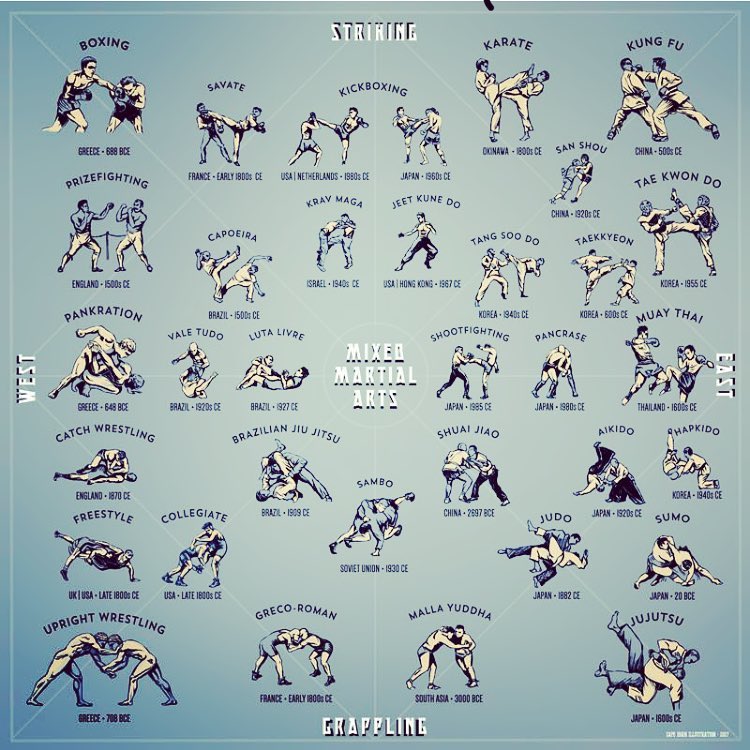The History And Development Of Martial Arts Worldwide
The History And Development Of Martial Arts Worldwide
Blog Article
Post Writer-Chu Graham
Martial arts have a fascinating background that spans centuries and continents. You may find it interesting how old practices like Shuai Jiao and Kalaripayattu prepared for modern combat strategies. These techniques not only emphasize physical skills but also mirror the cultures that birthed them. As you explore their evolution, consider how globalization has actually changed these conventional kinds into hybrid styles. What impacts do you assume have shaped today's martial arts landscape?
Ancient Martial arts: The Foundations of Fight
As you delve into the world of old martial arts, you'll discover the rich foundations that shaped fight methods across societies. Early practices focused on Self-Defense and survival, usually incorporating strikes, grappling, and weaponry.
In old China, for instance, techniques like Shuai Jiao stressed throws and joint locks, while India's Kalaripayattu showcased agility and liquid motion. Japanese samurai developed Kenjutsu, a refined swordsmanship that highlighted technique and technique.
martial art classes served not just for battle however additionally as a way of personal advancement, instilling worths like regard and determination. The blending of these methods in time laid the groundwork for the varied martial arts you see today, each showing the distinct philosophies and needs of its society.
The Social Influence on Martial Arts Advancement
While martial arts commonly show the practical needs of a culture, they additionally personify the cultural values and ideas of their origins. When you explore different martial arts, you'll notice exactly how they're influenced by religion, ideology, and social norms.
For instance, the emphasis on regard and self-control in Japanese martial arts comes from Zen Buddhism and samurai culture. On the other hand, Brazilian Jiu-Jitsu promotes flexibility and strategy, formed by the need for efficiency in a varied, multicultural setting.
You may discover that the routines, attires, and training approaches mirror an area's background and identity. By comprehending these cultural influences, you grow your appreciation of martial arts and their function fit human experiences around the world.
Modern Adaptations and the Globalization of Martial arts
Martial arts have changed significantly in recent decades, adjusting to modern culture and global impacts. You'll notice that traditional kinds have combined with modern methods, producing hybrid styles like mixed martial arts. These adaptations accommodate diverse audiences, making martial arts easily accessible and appealing around the world.
With the increase of social networks and electronic platforms, you can discover tutorials and competitors from all edges of the world, breaking geographical obstacles. This globalization has actually brought about a shared recognition for various self-controls, from Brazilian Jiu-Jitsu to Taekwondo.
As linked site involve with these arts, you'll understand they're not nearly combat; they advertise physical fitness, technique, and mental wellness.
Ultimately, modern-day adaptations have enhanced the martial arts landscape, making it a dynamic and progressing method.
Verdict
In exploring the background and evolution of martial arts, you discover a fascinating blend of methods, cultures, and ideologies. From ancient disciplines like Shuai Jiao and Kalaripayattu to the modern-day versatility seen in mixed martial arts, martial arts show humankind's quest for Self-Defense and personal growth. As you involve with these methods, you not just gain abilities but also a deeper appreciation for the diverse practices that form our globe today. So, continue your trip and accept the art of fight!
